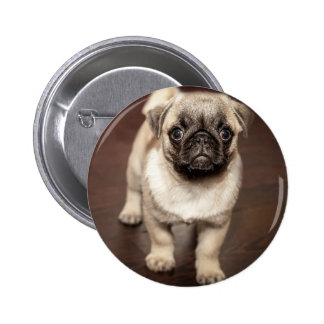

- PUG TEMPLATE BUTTON HOW TO
- PUG TEMPLATE BUTTON INSTALL
- PUG TEMPLATE BUTTON UPDATE
- PUG TEMPLATE BUTTON FULL
Once Node and npm are installed on your system, you can install the pug-cli package like so: npm i -g pug-cli You can check out our tutorial “ Installing Multiple Versions of Node.js Using nvm” for a more in-depth guide. It will also negate a bunch of potential permissions errors.

I would recommend using a version manager where possible, as this will allow you to install different Node versions and switch between them at will. Either head on over to the project’s home page and download the correct binaries for your system, or use a version manager such as nvm. There’s a couple options for installing Node/npm. Finally, we’ll explore a couple of Pug’s more advanced features by building a simple Node/Express project which uses Pug as its template engine.īefore we can get to writing some Pug, we’ll need to install Node, npm (which comes bundled with Node) and the pug-cli package. We’ll start by installing it from npm, go over its basic syntax and then look at several examples of using JavaScript in Pug.
PUG TEMPLATE BUTTON HOW TO
In this guide, I’ll demonstrate how to get up and running with Pug. Pug makes it easy both to write reusable HTML, as well as to render data pulled from a database or API.

It compiles to HTML and has a simplified syntax, which can make you more productive and your code more readable. Pug is a template engine for Node and for the browser. This can be a nightmare to debug and to maintain. HTML is also static, which means that if you want to display dynamic data (fetched from an API, for example), you invariably end up with a mishmash of HTML stings inside JavaScript. This is where the Pug HTML preprocessor comes in. And while this is not the most difficult task, it can often feel a little boring or repetitive. Key items to note being the start script and pug/pug-vdom dependencies (and you need Node.js version 6.4 or above).As web designers or developers, we likely all have to write our fair share of HTML.
PUG TEMPLATE BUTTON FULL
See the Hyperapp pages to get a better understanding of the full range of what it does, or try their new Udemy/ Packt course.Īs project setup, here's the package.json. So what follows is a brief intro to the very simple app I built to demo how Hyperapp can use Pug templates. Maybe I'll come round eventually, but maybe I don't need to.įortunately for me, the project pug-vdom (obviously) brings a virtualDOM to Pug. Combining HTML with the business logic using hyperscript h functions doesn't sit right with me (yet?) and I find it hard to reason about a page when the layout is so abstract. I like the retained ability to see the page structure and the clearer separation of logic and UI. However, previously I've used Pug to define my UI templates.
PUG TEMPLATE BUTTON UPDATE



 0 kommentar(er)
0 kommentar(er)
